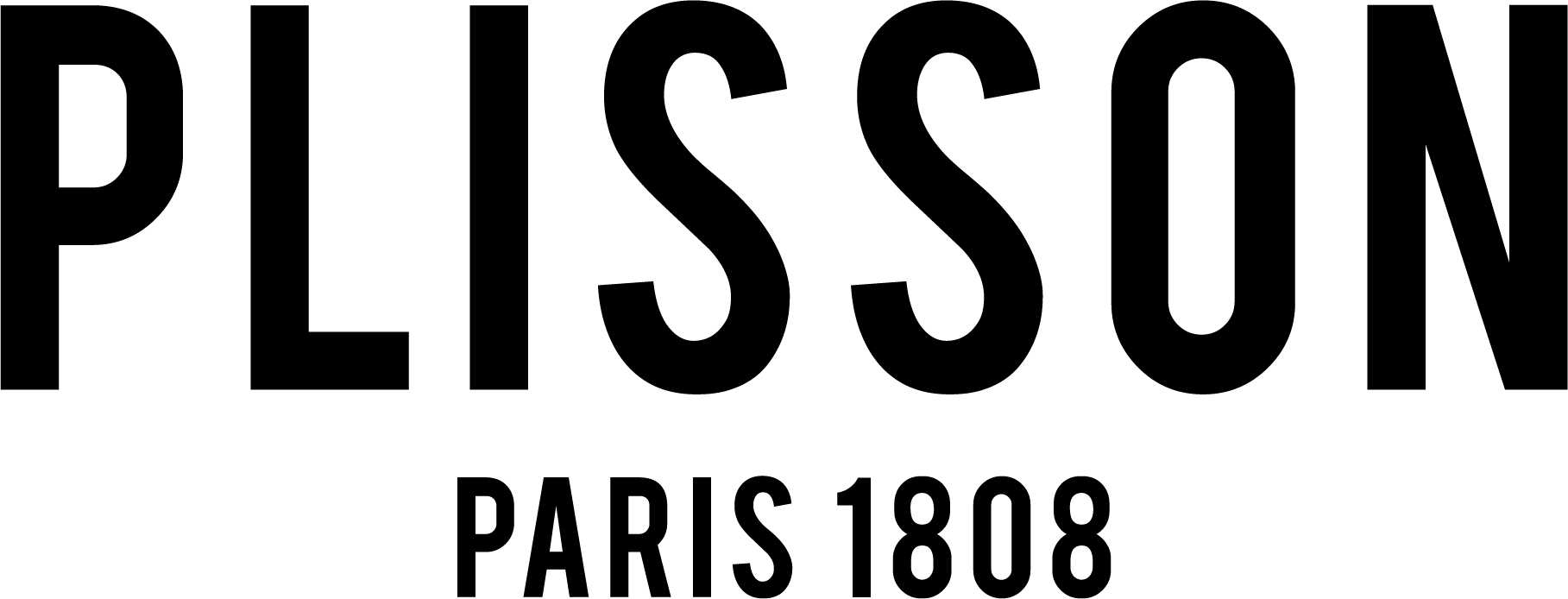Your cart is empty...
Browse our catalog — you might find something you like.
L'Absolu Gift Set - Joris Mach3 Razor with Olive Wood
Browse our catalog — you might find something you like.
L'Absolu Gift Set - Joris Mach3 Razor with Olive Wood

The “JORIS” and “PLISSON” shaving brushes are manufactured using only genuine badger hair.
Using cream or shaving soap (as preferred) will give a more comfortable shave because your beard will remain wet, the blade will glide more easily and cause less damage to the skin.
Start with the most sensitive parts – cheeks, throat and below the nose – and finish with the chin.
The blade mustglide in the same direction than the bristles. If you feel tugging or juddering, change blades. Use light strokes. If the result is not perfect, lather and shave again lightly in the opposite direction. Finish by rinsing with lukewarm water.
Today high quality blades reduce the risks of irritation and abrasions. If you have skin problems such as spots or redness use an after-shave containing alcohol.
Finish with a balm to moisturise your skin and you are ready for an excellent day!
Mechanical shaving also called “wet shaving” is generally regarded as giving the best result. The aim is to cut the hair as closely as possible to the skin.
Before using for the first time, wash your new shaving brush in warm, soapy water, rinse and dry.
At Plisson, we advise the use of our own mild shaving soap, which will not harm the bristles.
When you finish shaving, rinse the brush thoroughly in lukewarm water. Then let it dry naturally in the air by hanging it on a holder with the bristles pointing down.
Do not leave a damp shaving brush in a closed container for any duration.
You might be interested in knowing that the French word for a shaving brush is “blaireau” it is also how a badger is called. Good shaving brushes are made of badger hair, which has been used for a very long time because of its water-resistant properties. It remains soft and supple when wet to make it easier to work up with a good lather.
Octogonal Safety Razor Rose Gold Finish
Solid brass Palladium Mach3 razor
Fusion Solid brass razor - Palladium finish
Black Beechwood and Chrome Fusion Razor
Odyssée Safety Razor in Gold and Royal Rosewood
Briarwood & Chrome Fusion razor
Mach3 Razor Thuja Wood And Gold
Solid Hexagonal Safety Razor with Ruthenium finish
Essential Mach3 Razor - 8 Colours
